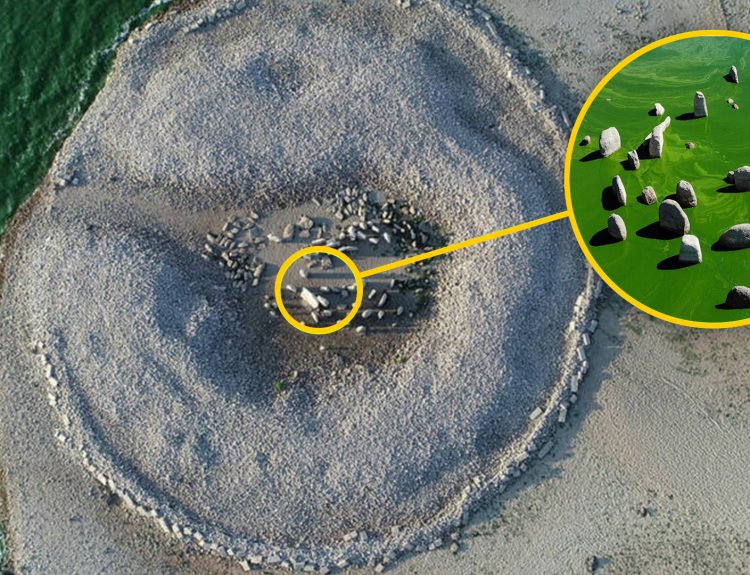Ophiophobes beware! This story of the discovery of a colossal – but, thankfully, extinct – snake that slithered around India more than 47 million years ago will have you quoting Indiana Jones, “Why’d it have to be snakes?”
According to an article published earlier this week in the scientific journal, Scientific Report, fossilized vertebrates discovered in a coal mine in western India suggest that the country was once home to one of the largest serpents to ever walk – er, crawl – the Earth.
The Fossils Were Discovered Nearly Twenty Years Ago
According to the journal article, which was written by Sunil Bajpai, a paleontology professor, and Debajit Datta, a postdoctoral fellow, from the Indian Institute of Technology Roorkee in Uttarakhand, the fossilized vertebrae were discovered in a coal mine in the state of Gujarat in western India.

In all, 27 vertebrae were found, some of them still connected to each other. They were carbon dated to 47 million years ago.
Misidentified for Years
When the fossils were first discovered, researchers believed they belonged to a prehistoric crocodile-like species. That made sense … modern crocodiles still live in India.

In 2023, Bajpai and Datta took a closer look at the vertebrae. Only when they removed some of the sediment from the bones did they discover the animal’s true identity. In their report, they explained that they “were looking at the remains of an exceptionally large snake.”
Named For a Mythical Snake
The scientific name given to this prehistoric species of snake is Vasuki indicus, which is an appropriate and significant name. “Vasuki” is the name of the serpent draped around the neck of the Hindu deity Shiva. “Indicus” is the Latin word for “India,” the place where the snake’s fossils were discovered.

One of the principal Hindu deities, Shiva was the creator and protector of the world, but also its destroyer. He could be kind and giving or fearsome and destructive at the same time. In most depictions of Shiva, he is shown with a mythical snake named Vasuki around his neck.
Symbolism of Vasuki
In Hindu mythology, Vasuki, the snake encircling Shiva’s neck, is a complex symbol. Snakes often represented the continuous circle of life, death, and rebirth. These creatures were sometimes associated with the underworld, or the land of the dead. By wearing a snake around his neck, Shiva flaunts his defeat of death.

Additionally, snakes were viewed as primal forces of nature and dangerous enemies. Once again, Shiva was showcasing his dominance over nature and its destructive forces by adorning himself with the snake, Vasuki.
Estimating the Snake’s Size from the Vertebrae
Bajpai and Datta used two different methods to calculate the size of the newly discovered prehistoric snake based on the size of its vertebrae. Both methods yielded results that were similar … and remarkable.
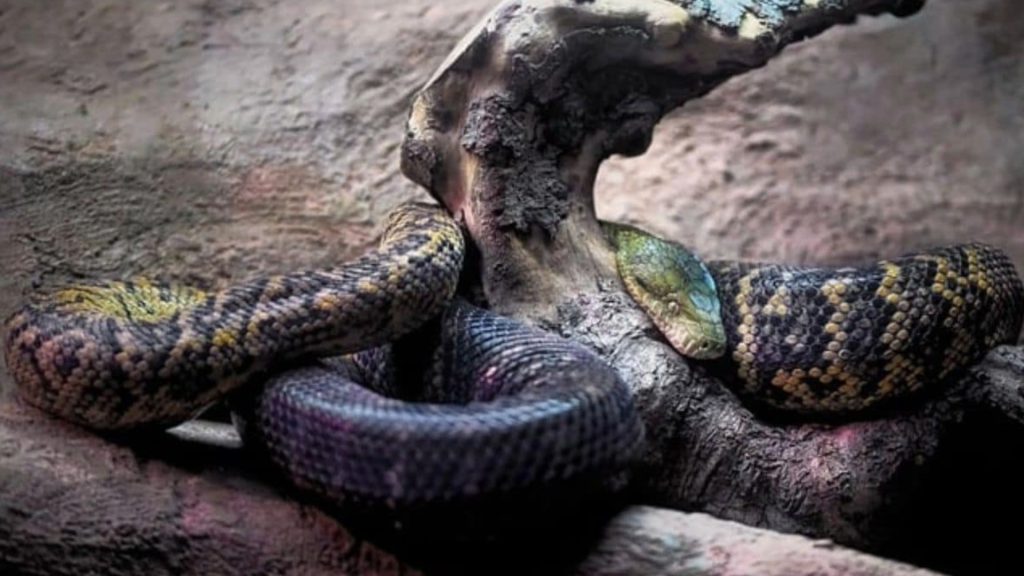
The researchers estimate that Vasuki indicus likely measured between 36 and 50 feet in length. The vertebrae, which indicates the reptile was a fully grown adult, also tells the scientists that the animal’s body was thick and broad.
“Treated with Caution”
In their article in Scientific Report, Bajpai and Datta explained their methodology for calculating the snake’s length but added that the estimates “should be treated with caution.” They were based on only 27 fossilized vertebrates, not a complete, intact skeleton.

Even so, the estimated size of Vasuki indicus makes it a contender for the largest snake species that ever lived. Right now, that honor goes to an extinct Colombian snake called Titanoboa.
Titanoboa Was a Titan
In 2009, Carlos Jaramillo and a team of scientists and paleontologists discovered the fossilized remains of an extinct species of snake during an excavation in Colombia. The snake lived roughly 60 to 58 million years ago and was a titan of the serpent world.
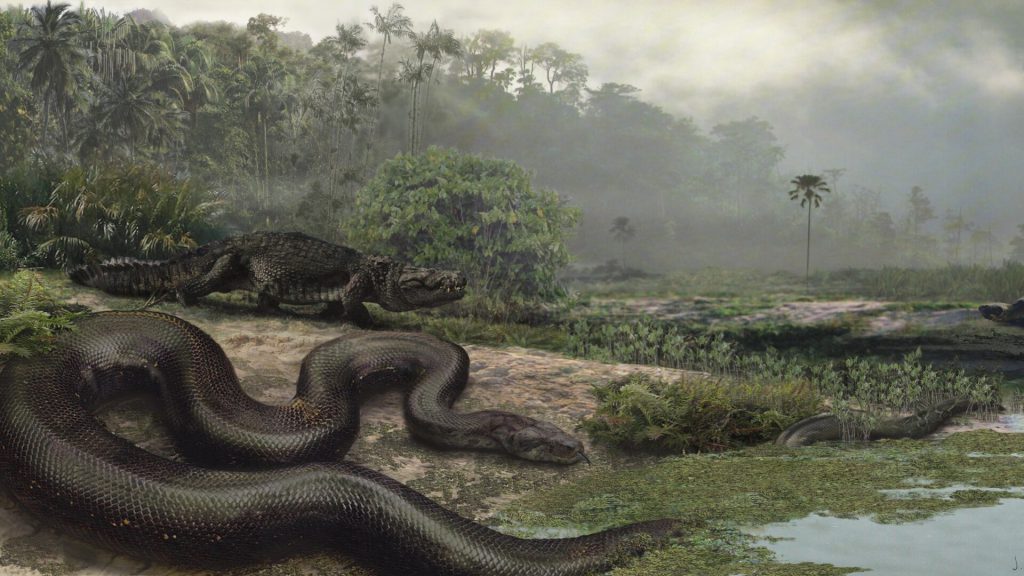
Titanoboa was estimated to be between 40 and 50 feet long and probably tipped the scales at around 2,500 pounds. Before it was discovered, biologists believed that snakes, as legless creatures, had a limited maximum size. Titanoboa changed this notion and gave researchers insight into the role of climate in reptile size.
The Largest Snakes Living Today
Most biologists agree that the reticulated python is the longest snake living today. These snakes have been measured at between 26 and 33 feet in length. Green anacondas, Central African Rock pythons, and Burmese pythons also reach lengths between 22 and 28 feet long. All of these snakes fall into the constrictor category.
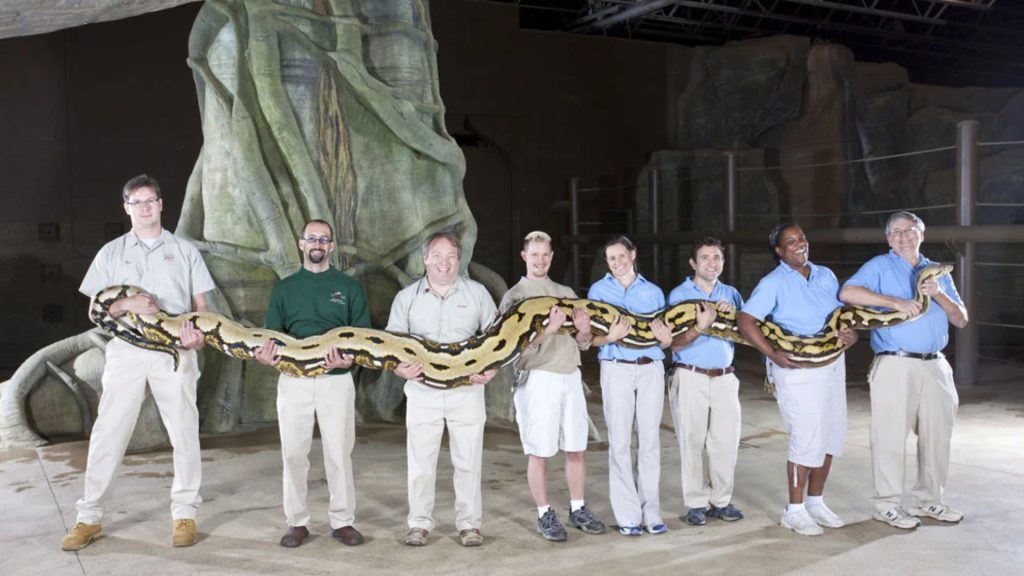
Venomous viper snakes are typically much smaller. The king cobra, for example, maxes out at about 18 feet. Eastern diamondback rattlesnakes average 7 to 8 feet in length, and Gaboon vipers are only about 6 or 7 feet long.
Vasuki Was Probably a Constrictor, Too
As Bajpai and Datta noted in their journal article, Vasuki indicus was most likely a constrictor. Constrictor snakes are non-venomous and kill their prey by squeezing them to death. The authors added that this prehistoric snake probably moved slowly and ambushed its prey.
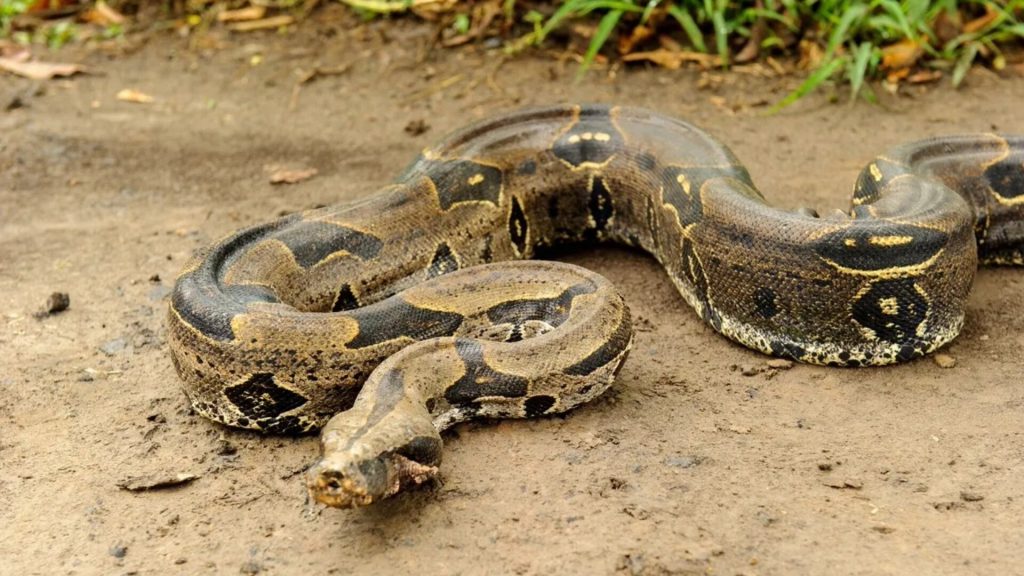
The largest living snakes today are also constrictors. They can simply wait for their prey to come to them, whereas the faster-moving venomous vipers hunt and attack their prey.
The Researchers Have Made Other Observations About Vasuki
Based on where the fossilized vertebrae were found and the known geography of western India millions of years ago, Bajpai and Datta speculate that Vasuki was a land serpent and did not live in the water like today’s anaconda.

They also do not believe that Vasuki was a tree dweller. Its massive size would make that seem unlikely. Instead, the snake made its home in a coastal region with a marshy landscape.
How Did Vasuki Get So Big?
“There are a number of possible reasons for its large size,” Bajpai and Datta explained. “Those range from favorable environments with ample food resources to lack of natural predators.”
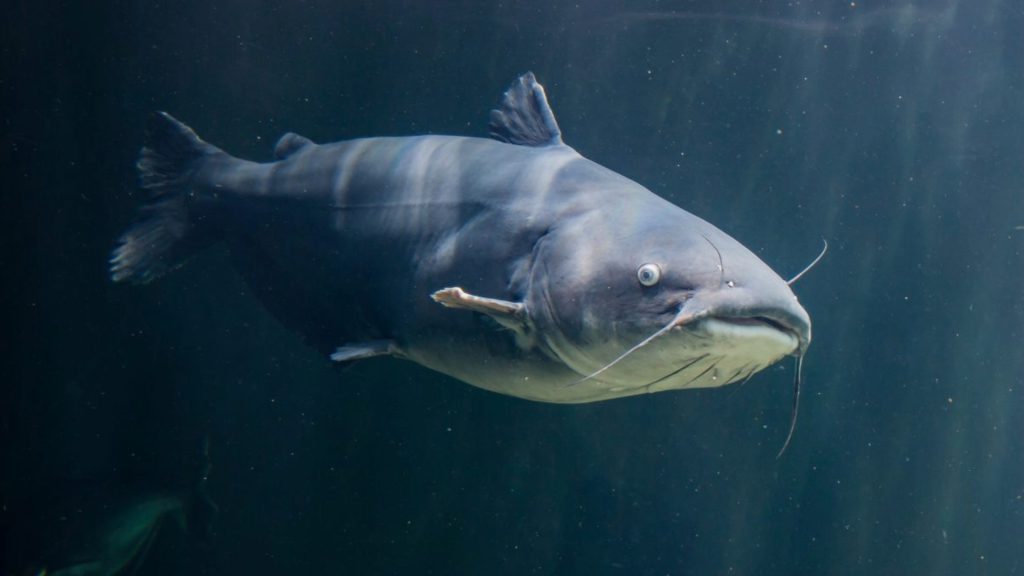
They added, “We cannot say precisely what sort of animals Vasuki ate. Associated fossils collected from the rocks that yielded Vasuki include ray fish, catfish, turtles, crocodilians, and even primitive whales. Vasuki may have preyed upon some of these.”
“Another Driving Force”
Bajpai and Datta have another theory to explain Vasuki’s gigantic size. “Another driving force could be the prevalence of warmer climatic conditions than at present,” they said. As noted in their article, cold-blooded reptiles like snakes need an external source of heat to live.

“Their internal body temperature fluctuates with the ambient temperature of the environment,” Bajpai and Datta stated. “So, higher ambient temperatures would have increased the internal body temperature and metabolic rate of Vasuki which in turn would have allowed it to grow so large.”
Using the Metabolic Rate of Living Snakes
Bajpai and Datta have studied the metabolism of constrictor snakes living today and looked at the current average temperatures in which they live. From this information, the scientists were able to calculate the average temperature requirements Vasuki would have needed.
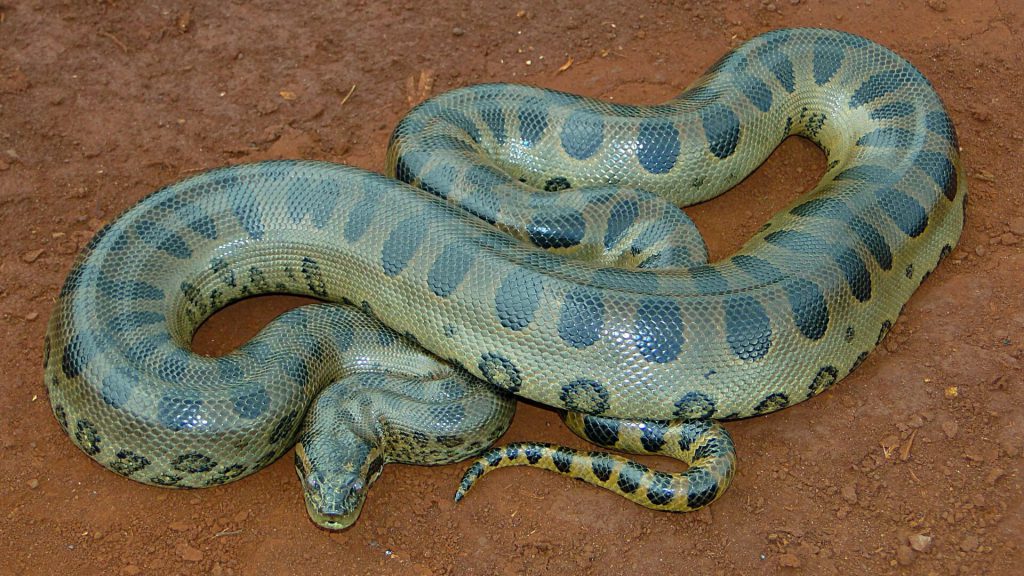
They determined that Vasuki would have had to live in a tropical climate with an average annual temperature of about 82 degrees Fahrenheit to grow to its enormous size. As they noted in their article, the paleontological study of prehistoric fossils can offer climate researchers insight into Earth’s past.




